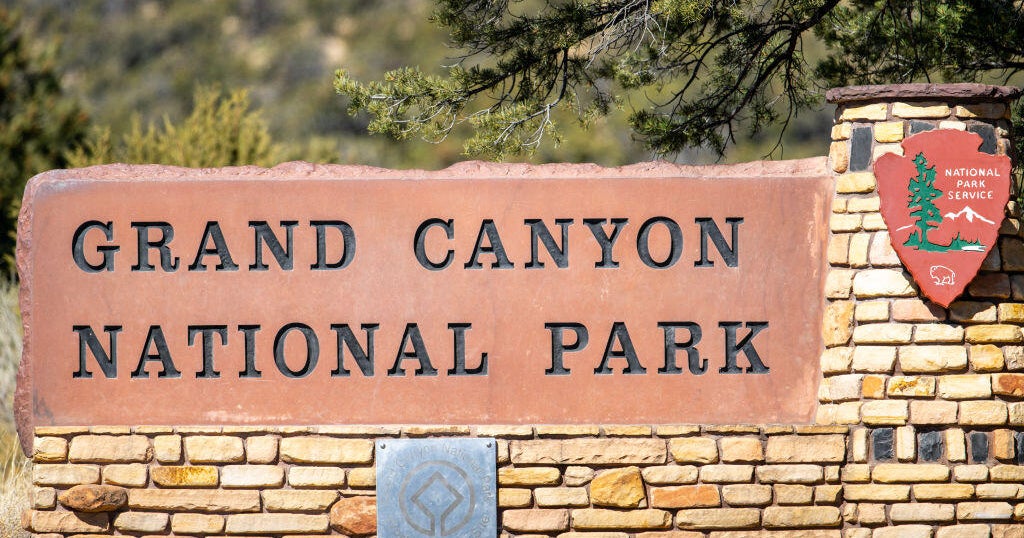In a recent executive order, the current administration has mandated an increase in entry fees for foreign visitors at U.S. national parks. This move is part of a broader strategy to generate funds for park improvements while maintaining lower costs for American citizens. The directive places additional responsibilities on the Interior Secretary to devise a fee adjustment plan, raising questions about the implications for both tourists and the park management.
| Article Subheadings |
|---|
| 1) Overview of the Executive Order |
| 2) Potential Financial Impact on National Parks |
| 3) Changes in Access for Foreign and American Tourists |
| 4) Administrative Changes and Budget Cuts |
| 5) The “Make America Beautiful Again” Initiative |
Overview of the Executive Order
The executive order, signed by the President, emphasizes a new approach to fee structures at national parks, specifically targeting foreign visitors. The directive has instructed Doug Burgum, the Interior Secretary, to formulate a strategy aimed at increasing entrance fees and recreation passes for non-U.S. residents at various national parks. This action was prominently discussed during a rally in Iowa, where the President underscored his intent to prioritize American residents in park access and benefits. The official reasoning behind the order is framed around improving the quality of visitor experiences across the park system while ensuring financial responsibilities are shouldered more by foreign tourists.
Potential Financial Impact on National Parks
The implementation of increased fees for non-residents is projected to generate significant financial resources for the National Park Service. As per the 2026 fiscal year budget proposals introduced by the Interior Department, the anticipated increase in fees may yield over $90 million annually. This financial windfall is intended to alleviate budgetary constraints that have historically plagued the park system. However, no specific details regarding how much the surcharge would amount to or when these changes would take effect have been disclosed. Officials have stated that this financial strategy is crucial for maintaining and enhancing the facilities and natural attractions within the parks.
Changes in Access for Foreign and American Tourists
The executive order further asserts a need to provide “preferential treatment” to U.S. residents concerning access to recreational activities in national parks. While the specifics of these changes are yet to be detailed, they hint at alterations in existing permitting or lottery systems that dictate entry and camping procedures. Popular parks like Yellowstone and Yosemite, which have historically been subject to high visitor traffic, may see modified reservation systems aimed explicitly at prioritizing Americans. This initiative raises questions regarding the fairness and accessibility of national parks, especially during peak tourist seasons where reservations and entry requirements are critical.
Administrative Changes and Budget Cuts
The broader administrative context reveals an ongoing trend towards budget cuts and downsizing within the National Park Service. Reports indicate a loss of approximately 24% of permanent staff since the current administration took office. Additionally, significant budget reductions exceeding $1 billion have been proposed for the Park Service, signaling one of the largest cuts in its operational history. These decisions reflect an administrative philosophy favoring reduced governmental expenses, which has drawn criticism from conservation advocates worried about the potential impacts on park services and park management effectiveness.
The “Make America Beautiful Again” Initiative
In conjunction with the fee increases, the President has also established the “Make America Beautiful Again” Commission. Chaired by Doug Burgum, this commission aims to enhance recreational access to public lands while promoting voluntary conservation. The initiative is spearheaded by Benji Backer, a noted environmental advocate, who positions the commission as a nonpartisan effort to improve environmental stewardship. Despite the good intentions underlying this initiative, it is met with skepticism by those concerned about the possible erosion of protection for public lands under the guise of increased accessibility.
| No. | Key Points |
|---|---|
| 1 | Executive order mandates higher park entry fees for foreign visitors. |
| 2 | Projected revenue from fee increases is over $90 million annually. |
| 3 | U.S. residents will receive preferential treatment in accessing parks. |
| 4 | Significant cuts to the National Park Service’s budget and personnel. |
| 5 | New commission established to promote better access to public lands. |
Summary
The recent executive order reflects a significant shift in national park policy, prioritizing U.S. residents while imposing heightened fees on foreign tourists. With the goal of generating crucial funding for park improvements, the changes also come amid broader budget cuts and administrative changes within the National Park Service. As these new measures unfold, it remains essential to monitor their impact on both the park system and visitors worldwide.
Frequently Asked Questions
Question: What is the purpose of the new entry fees?
The new entry fees are intended to generate funding for improvements and enhancements to the national parks, which are critical for maintaining infrastructure and visitor experiences.
Question: Who will benefit from the preferential treatment in park access?
U.S. residents will benefit from preferential treatment concerning access and regulations, especially during peak visitation periods, helping them to secure entry into popular parks.
Question: What are the implications of the budget cuts for the National Park Service?
The budget cuts could significantly impact the operational capacity of the National Park Service, possibly leading to reduced staffing, services, and park management effectiveness.


